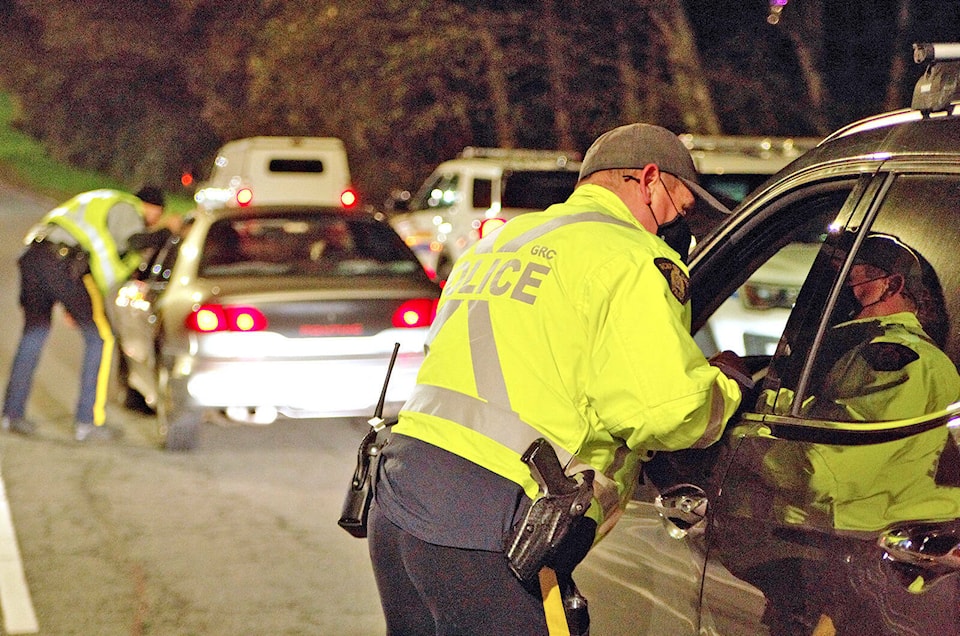I have been asked for my opinions by two media entities about the record 21 times a BC man has been convicted of impaired driving.
Road safety had been a regular topic of a weekly column I wrote for 13 years ending in July, 2020. I’m getting the itch to get back into writing and this feels like a good way to get my feet wet again.
There’s something broken when important road safety laws can be so flagrantly ignored.
This fellow’s impaired driving record is reminiscent of the “catch and release” frustrations expressed by law enforcement and citizens about prolific property offenders.
I don’t know what his penalties had been for his first 20 convictions, but his latest resulted in an almost five-year jail sentence.
Is jail the answer?
It takes 66 year old Roy Heide off the road for a while. And maybe it’s what Roy needs to change his behaviour.
What about the rest of us? What do we need to change our behaviours?
News about Mr. Heide’s 21st impaired conviction broke at about the same time as news about Project Joyride, a crackdown by the Abbotsford Police Department. During 21 shifts in October and November, they targeted excessive speeding. In the process, they caught 36 impaired drivers.
Only excessive drivers were pulled over. How common must impaired driving be that 36 of them were impaired?
A Statistics Canada report released July 15, 2021 (https://www150.statcan.gc.ca/n1/pub/85-002-x/2021001/article/00012-eng.htm) indicates there were 85,673 police-reported impaired driving incidents in 2019.
Consider how many impaired drivers manage to get home without killing anyone, and without police detection, with 85,673 police reported incidents.
Research conducted in the United States in 1999, based on survey self-reports, resulted in an estimate of 82 million trips per year at a blood alcohol concentration of 0.08 percent or higher. We are certainly not the United States, but I could not find similar research in Canada. Extrapolating for our much lower population is about 6.6 million drunk driving trips per year in Canada.
Our road safety mindfulness sucks.
And the very low likelihood of getting caught coupled with weak consequences make road safety laws an insufficient deterrent.
We have reason to be hopeful, though.
There’s been a growing trend away from alcohol use. A tangible indicator of that is the recent opening of Kelowna’s first non-alcoholic bar, SoBar.
Guidelines published about a year ago by the Canadian Centre on Substance Use and Addiction are undoubtedly a factor.
I was gobsmacked when I learned that exceeding two standard alcoholic drinks per week puts you at increased health risks!
How might we accelerate the trend?
From a road safety perspective, every additional non-drinker is a potential dedicated driver for those who continue to use alcohol.
I’ve heard about initiatives to impose similar restrictions on alcohol marketing as have been imposed for cigarettes.
It makes sense to me that the two carcinogens be treated the same.
But money talks. And alcohol is a massive industry in Canada (over $26 billion - https://www150.statcan.gc.ca/t1/tbl1/en/tv.action?pid=1010001101). And government collects a whack-load of taxes.
How might we motivate our elected leaders to take these important steps? For the health of our nation as well as for road safety.
Paul Hergott | Hergott Law Lawyer
